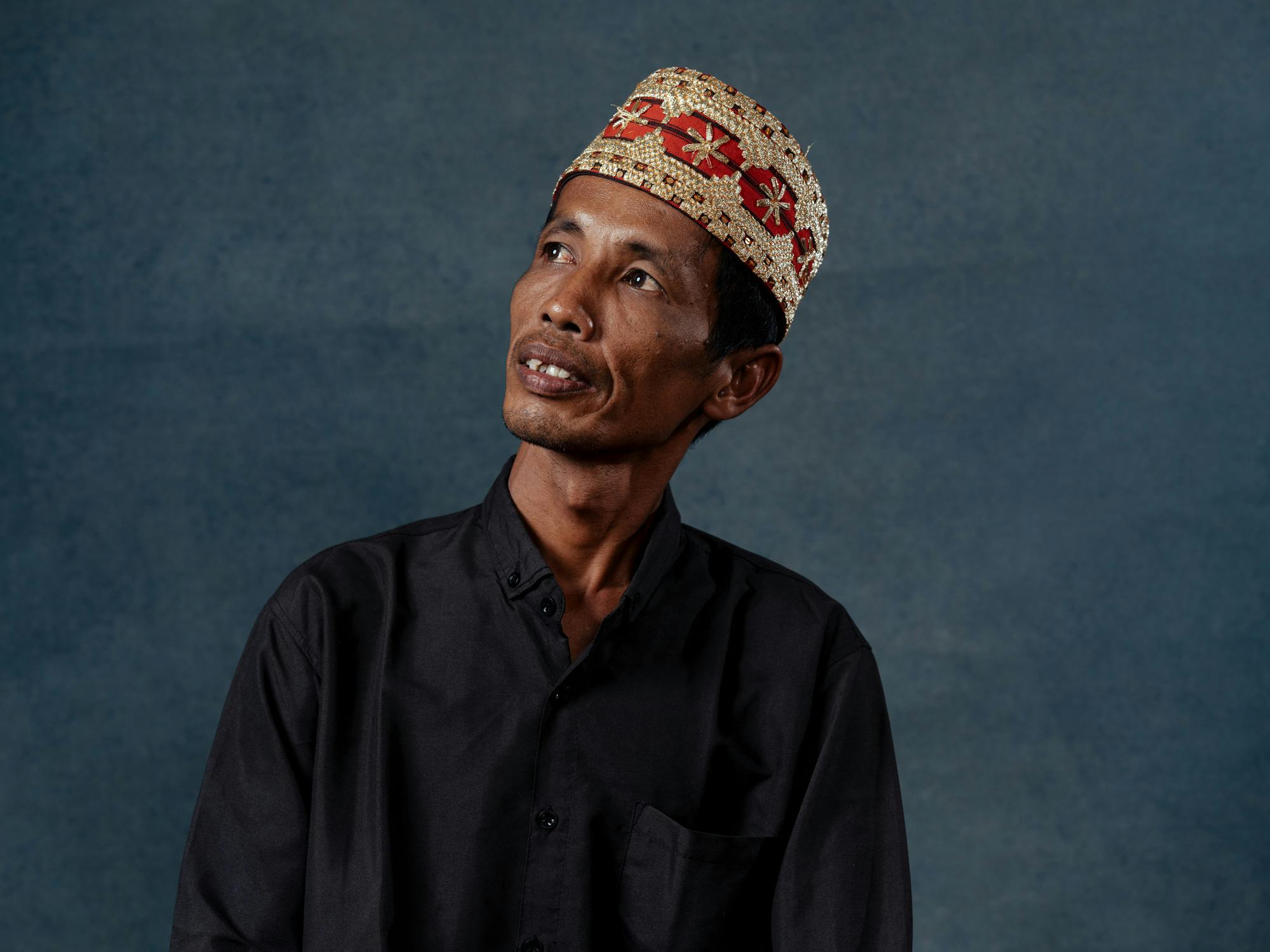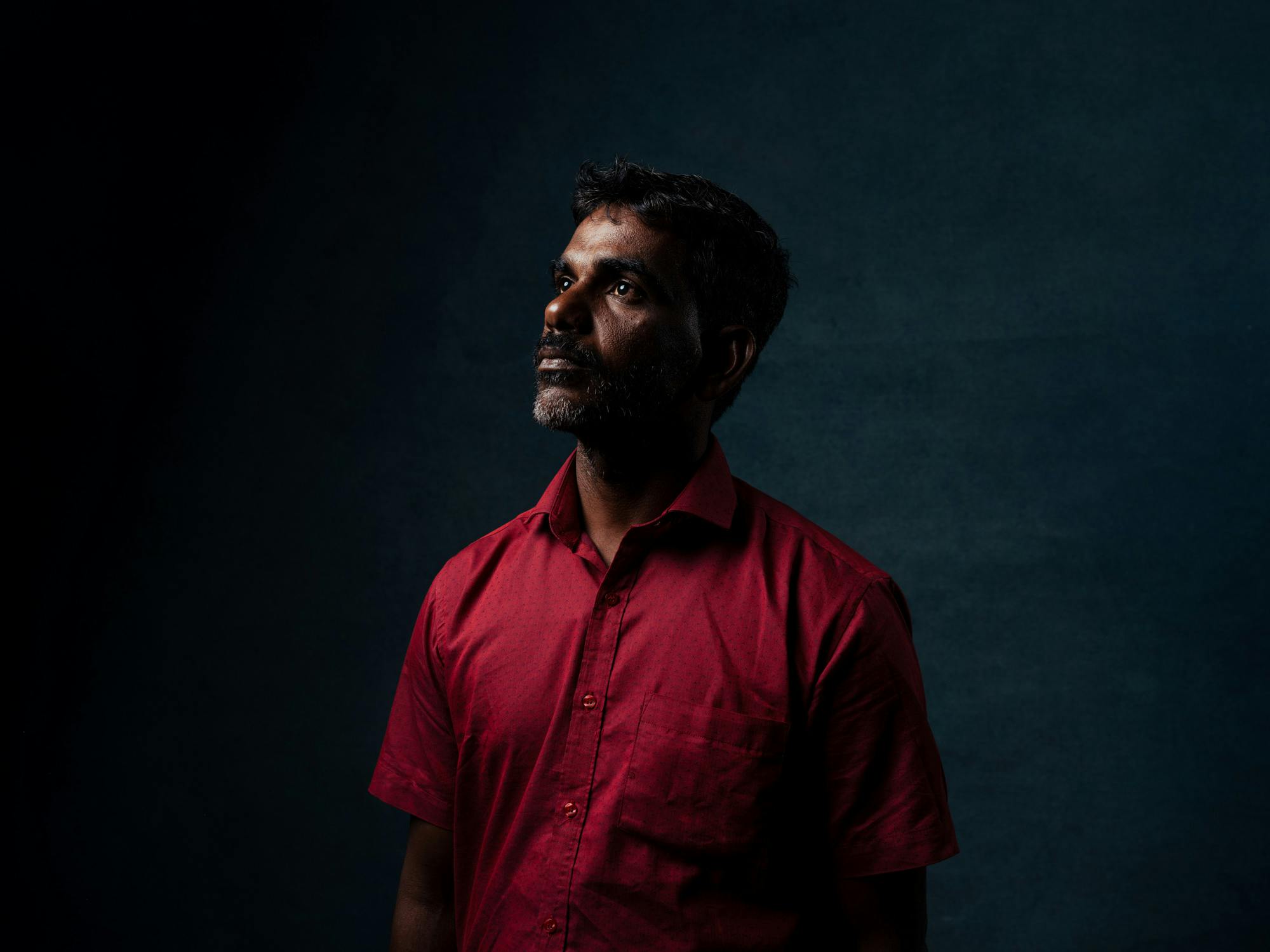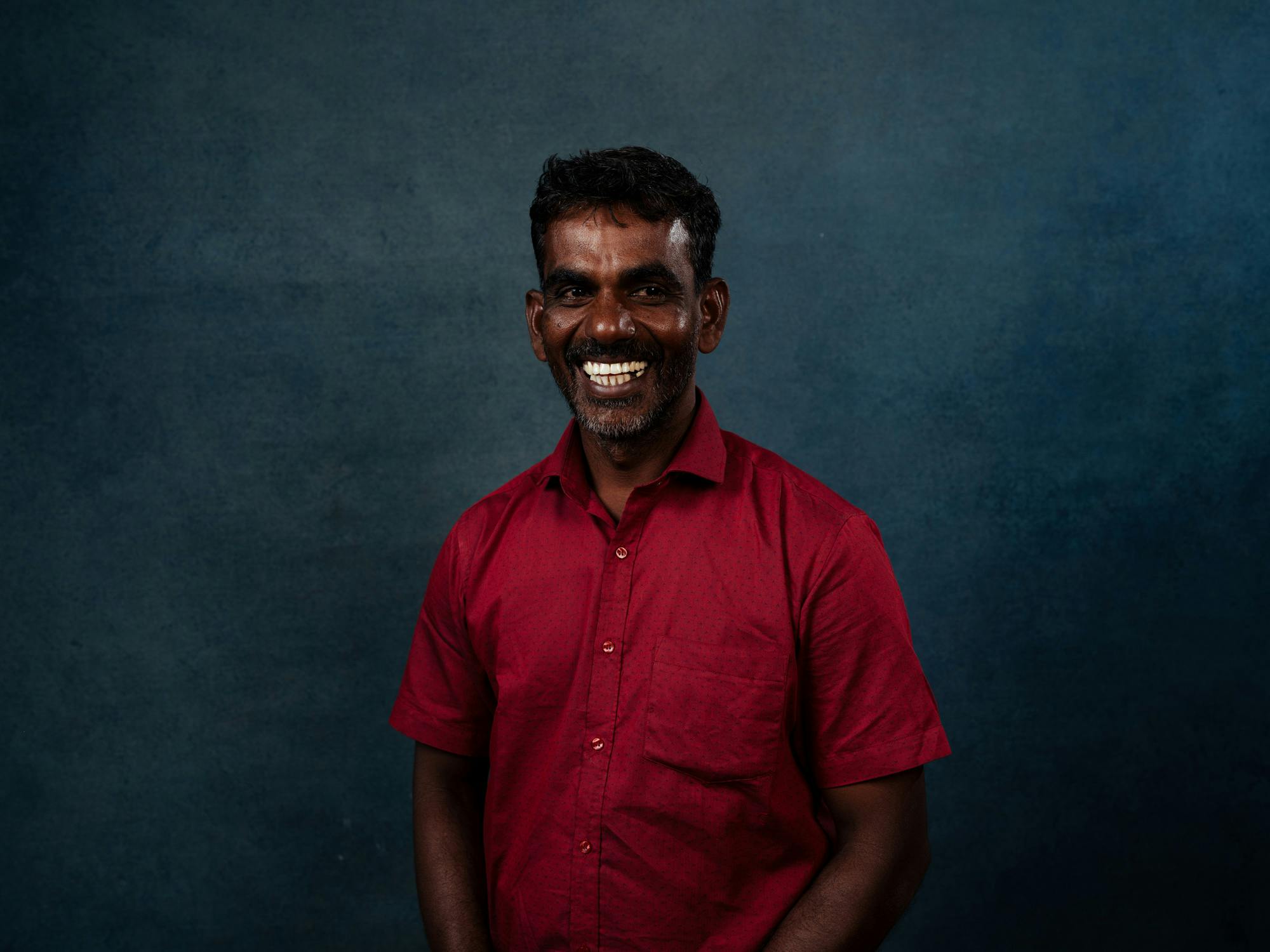Tsunami: Sea Change for Resilience
Commemorating the 2004 Indian Ocean tsunami, 20 years on
On 26 December 2004, an earthquake in the Indian Ocean caused a devastating tsunami that killed around 230,000 people in 14 countries. It remains one of the deadliest disasters in recent human history.
The people who lived through this tragedy are forever changed by it.
That is why this year, World Tsunami Awareness Day (WTAD) is honouring the memory of the Indian Ocean Tsunami on its 20th anniversary and highlighting major advances on protecting people since.
This exhibition tells the powerful accounts of tsunami survivors alongside contemporary and historic artworks that capture the sea change of perspective that the aftermath brought, with unprecedented global collaboration on disaster resilience.
Everyone must be tsunami ready – recognise the warning signs, be protected by early warning systems and be able to act quickly and get to high ground. We must have resilient infrastructure so livelihoods are not destroyed and build back better when tsunamis hit.
Tsunamis are rare but the deadliest of all natural hazards. Ensuring every person is ready in case one strikes is the central objective of this exhibition co-organised by the United Nations Office for Disaster Risk Reduction, the Intergovernmental Oceanographic Commission of UNESCO, and partners.

Mr. Rachmad Kurniady
Indonesia
@mattporteous
2004 Indian Ocean Earthquake and Tsunami

Mr. Rachmad Kurniady
Indonesia
@mattporteous
2004 Indian Ocean Earthquake and Tsunami

Ms. Syarifah Nargis
Indonesia
@mattporteous
2004 Indian Ocean Earthquake and Tsunami

Ms. Syarifah Nargis
Indonesia
@mattporteous
2004 Indian Ocean Earthquake and Tsunami

Ms. Aki Kawasaki
Japan
@mattporteous
2011 Great East Japan Tsunami

Ms. Aki Kawasaki
Japan
@mattporteous
2011 Great East Japan Tsunami

Mr. Nelson Cubate
Chile
@mattporteous
1960 Tsunami in Chile

Mr. Nelson Cubate
Chile
@mattporteous
1960 Tsunami in Chile

Mr. Emmanouil Pyrgiotis
Greece
@mattporteous
2020 Samos Tsunami

Mr. Emmanouil Pyrgiotis
Greece
@mattporteous
2020 Samos Tsunami

Ms. Padmavathi Mahendran
India
@mattporteous
2004 Indian Ocean Earthquake and Tsunami

Ms. Padmavathi Mahendran
India
@mattporteous
2004 Indian Ocean Earthquake and Tsunami

Mr. Pradeep Kodippili
Sri Lanka
@mattporteous
Indian Ocean Tsunami

Mr. Rachmad Kurniady
Sri Lanka
@mattporteous
Indian Ocean Tsunami

Ms. Ichiyo Kanno
Japan
@mattporteous
2011 Great East Japan Tsunami

Ms. Ichiyo Kanno
Japan
@mattporteous
2011 Great East Japan Tsunami

Mr. Aydin Tunca
Türkiye
@mattporteous
October 2020 Izmir Tsunami

Mr. Aydin Tunca
Türkiye
@mattporteous
October 2020 Izmir Tsunami

Ms. Nabila Rahmania
Indonesia
@mattporteous
2018 Palu Sulawesi Tsunami

Ms. Nabila Rahmania
Indonesia
@mattporteous
2018 Palu Sulawesi Tsunami

Mr. Adirianssyah
Indonesia
@mattporteous
2018 Sunda Strait Tsunami

Mr. Adirianssyah
Indonesia
@mattporteous
2018 Sunda Strait Tsunami

Ms. Patricia Carolina Cerda Lobos
Chile
@mattporteous
2010 Tsunami in Chile

Ms. Patricia Carolina Cerda Lobos
Chile
@mattporteous
2010 Tsunami in Chile

Mr. Arjunan Anjappan
India
@mattporteous
2004 Indian Ocean Earthquake and Tsunami

Mr. Arjunan Anjappan
India
@mattporteous
2004 Indian Ocean Earthquake and Tsunami

Mr. Sapujih
Indonesia
@mattporteous
2018 Sunda Strait Tsunami

Mr. Sapujih
Indonesia
@mattporteous
2018 Sunda Strait Tsunami

Ms. Milanda Adu
Indonesia
@mattporteous
2018 Palu Sulawesi Tsunami



















